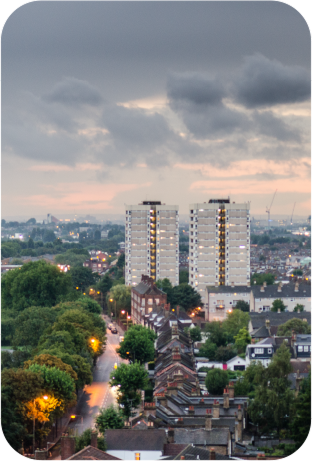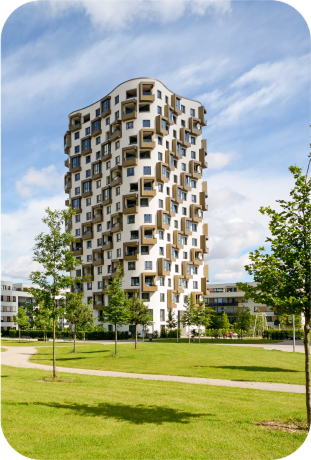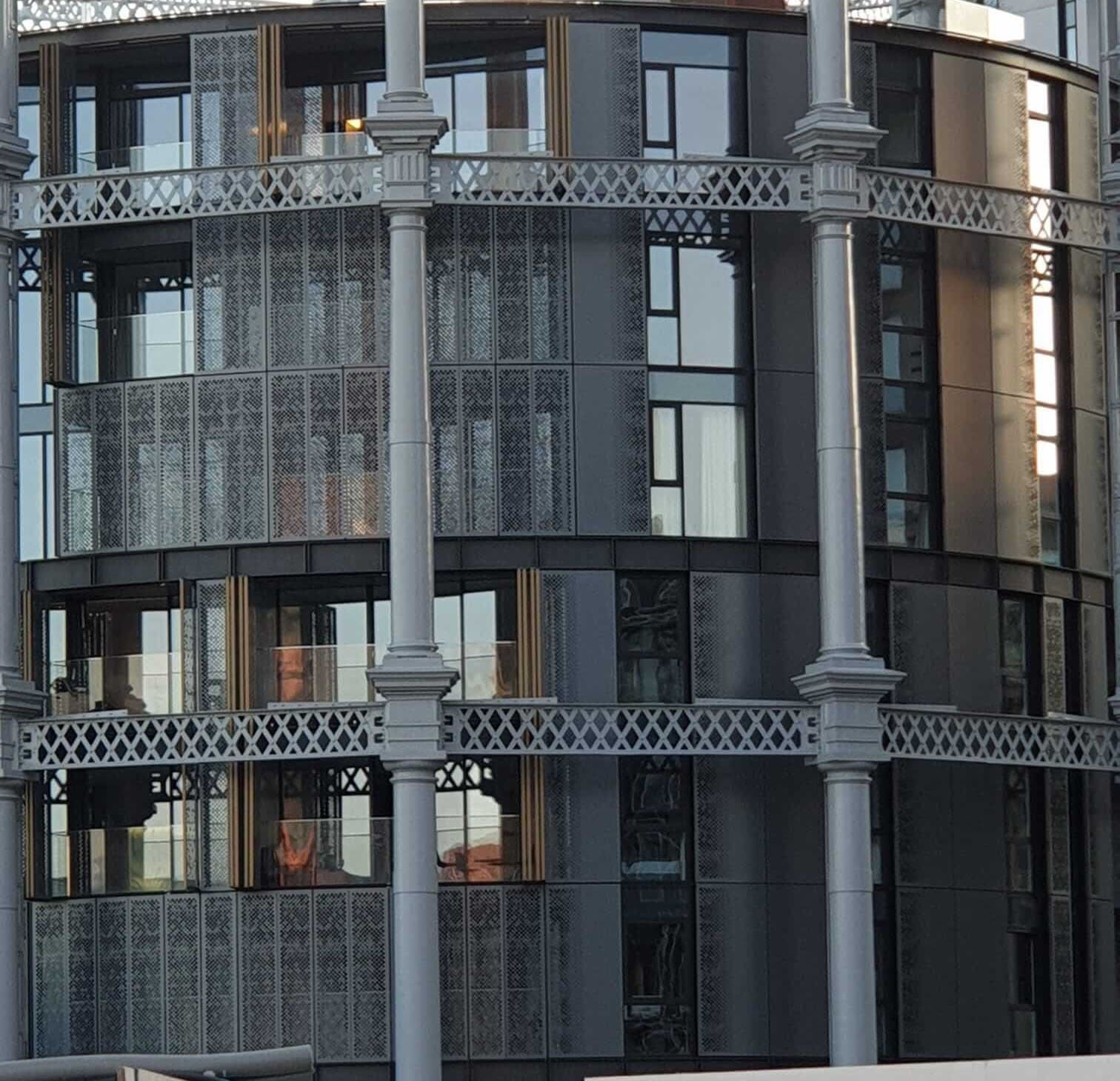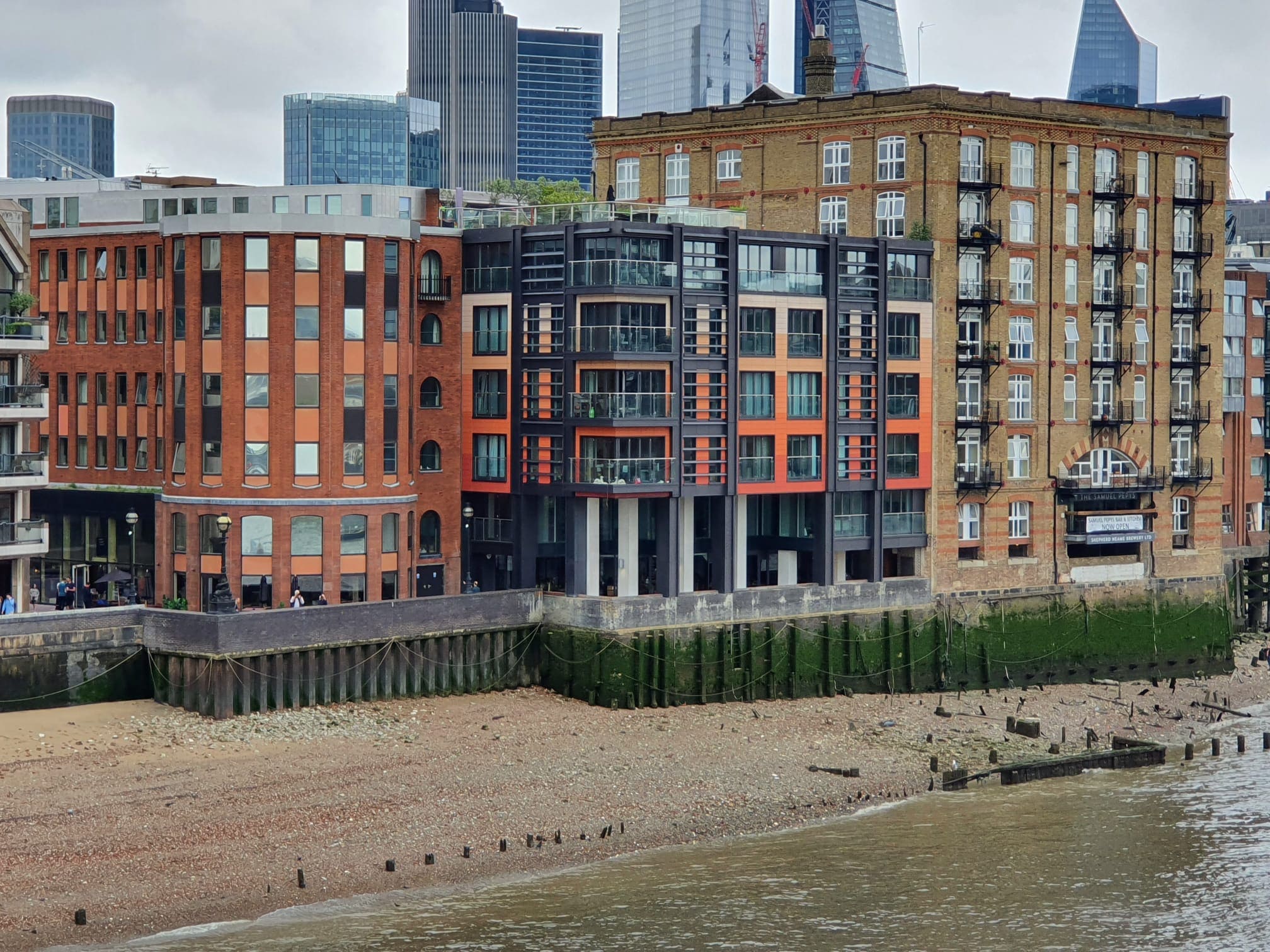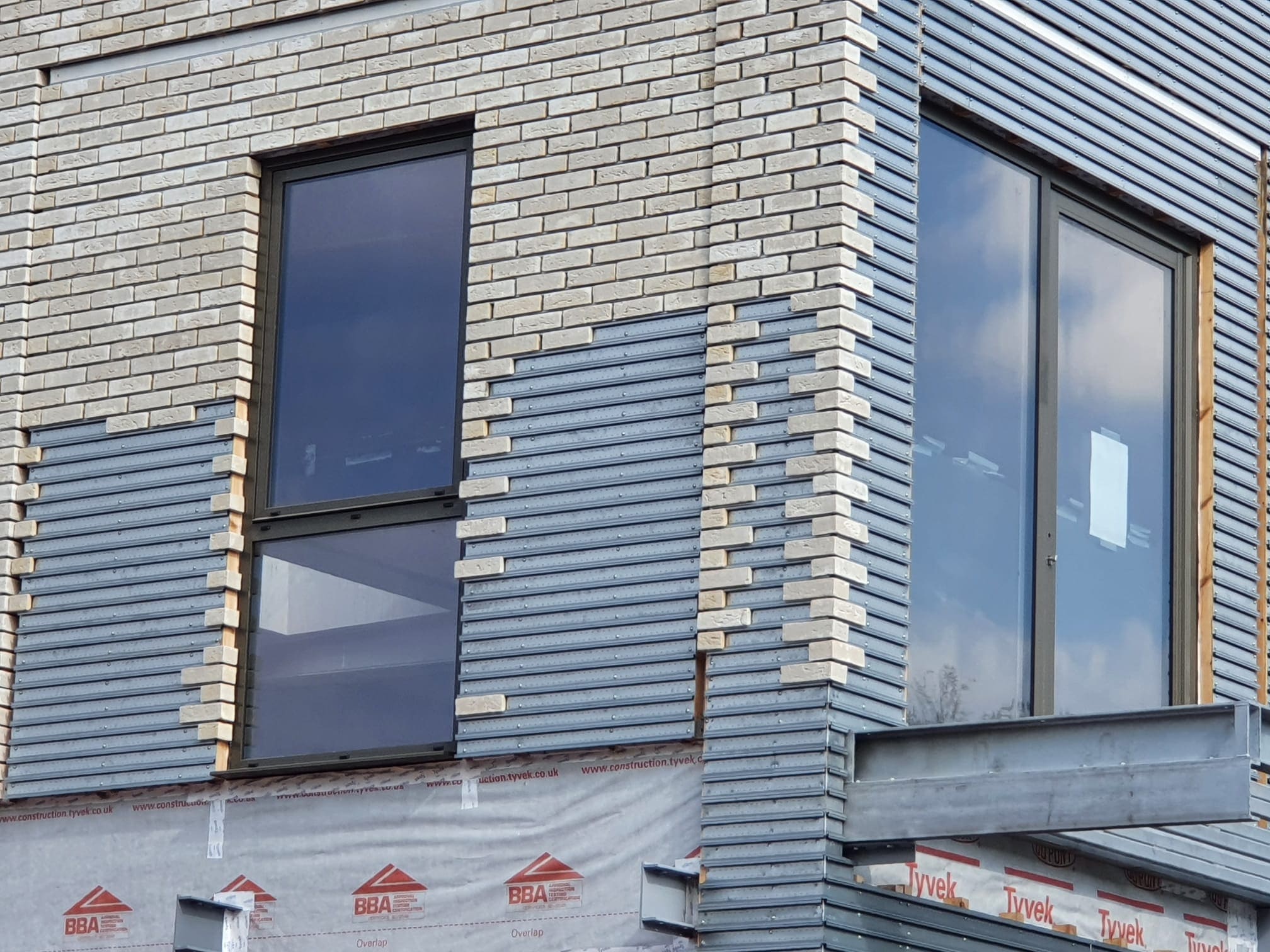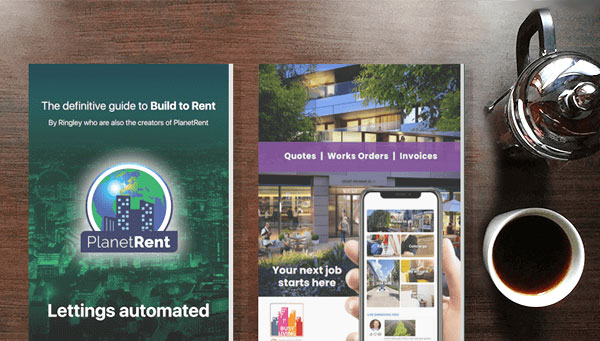30/10/2012
by: Mary-Anne Bowring

Ringley Group Unveils Ground-breaking Research on Apartment Ownership and Management Costs in Inner London
Following nearly a year of data collection, leading London managing agent Ringley Group has revealed its findings from the UK's first comprehensive research on the ownership, services, management, and running costs of apartment buildings in Inner London. The data were collected by a combination of door-to-door surveys, interviews, map references, and checks at the Royal Mail and Land Registry across 15 inner London postcodes (see Appendix 1) from Vauxhall in the south to Hampstead in the north and Maida Vale in the west to the Docklands in the east.
Ringley discovered that there are 1,252 large apartment buildings in 30+ homes across Inner London. 60% of the newly built blocks constructed during the property boom are concentrated in Zone 1 and the Docklands. There are 2,123 smaller apartment buildings containing up to 29 homes. Ringley calculates that around 50-60% of the apartment buildings across Inner London of apartment buildings across Inner London are sublet. However, this figure rises to an estimated 70+% for the newer blocks constructed since 2005, showing the strength of the buy-to-let sector during the property boom.
Enhancing Community Living: Ringley's Virtual Concierge Service and Insights into London's Property Management Landscape
For the older 1920s, 30s, 50s, and 60s buildings, the percentage of sublet properties is much lower at approximately 20-40%. Ringley's research shows that only 23% of large blocks across London have porters, although this figure is noticeably higher in prime central areas such as Kensington (80%) and Marylebone (60%).
This data has encouraged the company to launch its Virtual Concierge service - essentially a Ringley-hosted web-driven TV placed in communal areas - which would enable the 77% of blocks currently without concierge to enjoy hotel-style services at a fraction of the cost, as well as an increased sense of community. From its research into service charges across the capital, Ringley has also discovered a polarization that splits London into three categories: Super Prime, Prime, and Outer London. In Super Prime London, in addresses such as Knightsbridge and Mayfair, large residences of over 4,500 sqft in size will typically be subject to annual service charges over £25,000.
Exploring the Variability of Service Charges in London's Prime and Outer Areas
For this, owners expect luxury extras, such as gyms and pools, increased security, frequent upgrades of the communal areas, including fittings such as flooring, and frequent cleaning/maintenance. Properties in the Prime category, which covers areas such as Chelsea, Canary Wharf, and Islington, will usually incur charges between £1,500 and £4,000 and generally experience upgrades on a three-yearly basis. Leaseholders in the Outer London category typically pay under £1,000 a year and, as well as less frequent upgrades of the common parts, will be less likely to enjoy services such as concierge or on-site security. The annual service charges for a two-bedroom apartment vary hugely by postcode (see data table in Appendix 2), with postcodes such as SW3 (Chelsea) commanding service charges of £2,600 to £6,000 per annum whilst, in SW17 (Tooting), the equivalent costs are just £800 to £950 per annum. Despite paying significantly higher service charges than the rest of the country, Ringley's research reveals that only 9.5% of the larger and smaller residential buildings across Inner London are self-managed by residents.
Owners of flats within these self-managed buildings control how much service charge they pay and how it is spent. Of the remaining smaller and larger apartment buildings researched across Inner London, 48% are owned by social landlords, pension funds, corporations, and institutions, including the Crown Estate and the Government. A further 5% of the buildings are owned by famous large estates such as Grosvenor, Cadogan, Howard de Walden, and Church Commissioners.
Empowering Leaseholders: Addressing Ownership Concentration and Management Rights in London's Residential Estates
Whilst this 5% figure may appear low, this is misleading because the famous estates tend to own the much larger apartment blocks. Another 32% are owned by private UK or overseas investors, notably from Scandinavia, the Middle East, and Asia. The remaining balance is either unregistered or their ownership remains obscured. The findings highlight the extent of the lack of control that residents in the capital have over the management of their building and suggest that leaseholders are either apathetic, unaware of other cost-effective alternatives, or lacking the support required to initiate a change.
Worse still, it indicates that leaseholders are unaware that if they cannot afford to buy their freehold, they can still take control of the management of their building by exercising their right to manage and that since 2002, there has been no need to prove that the freeholder is at fault. It also highlights the vast concentration (85%) of control and ownership in the hands of just a few wealthy families, institutions, and overseas owners. Leaseholders within the blocks managed by a freeholder could benefit from taking direct action either by collective enfranchisement, whereby residents club together to purchase the freehold of a property or by exercising their right to manage. By doing so, they could control their building's management and make decisions on the things that affect their service charges, such as maintenance, contractors, and sink funds.
Empowering Leaseholders: Ringley Advocates for Greater Control and Cost Savings in Property Management
Managing director Mary-Anne Bowring said The low level of leaseholder control across London over the destiny, costs, and services in their buildings shown by this research is extraordinary. Wealthy institutional, overseas, and famous estate freeholders in Prime Central London make big profits by charging a premium for management services, frequently upgrading standard parts, and marking up costs, such as building insurance. Still, it is often the case that individual flat owners don't receive the value they deserve. These leaseholders are in a position where they can initiate a change and save thousands of pounds a year simply by increasing their involvement in the management of their building, yet only 9.5% appear to be doing so.
Mary-Anne continues, Recent legislation has made the process much simpler than it used to be, and with people watching the pennies more than ever, I expect service charge breakdowns to come under heavier scrutiny from leaseholders and a steady move towards resident-led management structures. Ringley is campaigning for leaseholders to take a more active role in block management and offers advice and support to disgruntled leaseholders interested in taking the next step, whether through the right to manage or by clubbing with other owners to purchase the freehold. The company has also recently launched BlockCare, a sophisticated new online block administration system that helps residents of smaller blocks manage their buildings once they have control.
Optimize Your Service Charges with BlockCare: Tailored Block Management Solutions from Ringley
Available in five different block management packages, BlockCare enables leaseholders to set their service charges to save money and improve the overall management of their apartments (see Editors Notes below for more details on BlockCare). Established in 1997, Ringley is a property services company providing private, commercial, and industrial clients with a comprehensive range of property solutions, from surveying and valuation to property and facilities management, sales, and lettings. For more information on Ringley or the BlockCare range, please visit www.leaseholdersupport.co.uk or call Ringley on 020 7428 1976.
Available in five different block management packages, BlockCare enables leaseholders to set their service charges to save money and improve the overall management of their apartments (see Editors Notes below for more details on BlockCare). Established in 1997, Ringley is a property services company providing private, commercial, and industrial clients with a comprehensive range of property solutions, from surveying and valuation to property and facilities management, sales, and lettings. For more information on Ringley or the BlockCare range, please visit www.leaseholdersupport.co.uk or call Ringley on 020 7428 1976.
 1756
1756











Keep up to date
(Weekly, fortnightly or monthly)
To find out more what we do with your data, please read our Privacy Policy

 0
0



